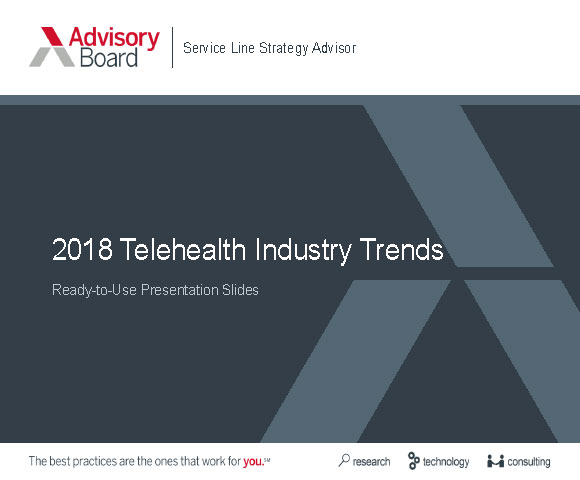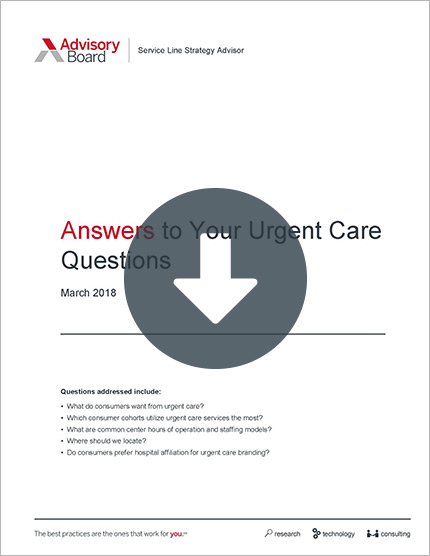Auto logout in seconds.
Continue LogoutAs insurers restrict coverage for emergency department (ED) visits and patients seek to avoid the high costs of such visits, more U.S. residents are receiving treatment at retail clinics for low-acuity conditions, according to a study published last week in JAMA Internal Medicine, Becker's Hospital Review reports.
Your urgent care questions, answered
Study details
For the study, a group of researchers led by Sabrina Poon, an emergency physician at Brigham and Women's Hospital, examined patterns in which commercially insured patients received care for low-acuity conditions from Jan. 1, 2008 to Dec. 31, 2015. The researchers looked at these trends as insurers have pushed for patients to seek low-acuity care outside of the ED.
The researchers used de-identified claims data—including diagnosis and billing codes, place-of-service codes, and prices—from Aetna for about 20 million health plan members younger than 65. The researchers focused their analysis on whether patients used ED facilities, retail clinics, telemedicine, or urgent care centers.
Findings
The researchers found ED visits for low-acuity conditions declined by 36% over the study period, falling from 89 ED visits for low-acuity conditions per 1,000 members in 2008 to 57 visits per 1,000 members in 2015. Meanwhile, the researchers found non-ED visits for low-acuity conditions increased by 140%, from 54 per 1,000 members in 2008 to 131 visits per 1,000 members in 2015.
According to the researchers, retail clinics experienced the greatest increase in visits for low-acuity care.
In particular, the researchers found:
- Retail clinic visits for low-acuity conditions increased by 214% from 2008 to 2015;
- Urgent care center visits for low-acuity conditions increased by 119% in the same time window; and
- Telemedicine visits for low-acuity conditions increased from zero visits per 1,000 members in 2008 to 6 visits per 1,000 members in 2015.
While the researchers found a decrease in the share of patients who went to the ED for low-acuity conditions, they found a net increase in utilization per person per year for low-acuity conditions. They determined that the number of such visits increased from 143 per 1,000 members in 2008 to 188 visits per 1,000 members in 2015.
The researchers also found a 14% net increase in spending per person per year for low-acuity conditions from $70 per member in 2008 to $80 per member in 2015. The researchers wrote, "The increase in spending was primarily driven by a 79% increase in price per ED visit for treatment of low-acuity conditions (from $914 per visit in 2008 to $1637 per visit in 2015)."
The researchers concluded, "[T]otal acute care utilization for the treatment of low-acuity conditions and associated spending per member increased, and utilization of non-ED acute care venues increased rapidly" from 2008 to 2015. The researchers wrote, "These findings suggest that patients are more likely to visit urgent care centers than EDs for the treatment of low-acuity conditions" (Spitzer, Becker's Hospital Review, 9/5; Poon, JAMA Internal Medicine, 9/4).
Next, get answers to your urgent care FAQ's
Deciding whether to invest in urgent care? We frequently receive questions from our members on this topic, so we compiled the most common, along with brief answers to help planners design an outpatient strategy plan.
In this research briefing, you'll find insight into consumer preferences surrounding urgent care, common practices for hours and staffing, location factors to consider, and consumer branding preferences.
Don't miss out on the latest Advisory Board insights
Create your free account to access 1 resource, including the latest research and webinars.
Want access without creating an account?
You have 1 free members-only resource remaining this month.
1 free members-only resources remaining
1 free members-only resources remaining
You've reached your limit of free insights
Become a member to access all of Advisory Board's resources, events, and experts
Never miss out on the latest innovative health care content tailored to you.
Benefits include:
You've reached your limit of free insights
Become a member to access all of Advisory Board's resources, events, and experts
Never miss out on the latest innovative health care content tailored to you.
Benefits include:
This content is available through your Curated Research partnership with Advisory Board. Click on ‘view this resource’ to read the full piece
Email ask@advisory.com to learn more
Click on ‘Become a Member’ to learn about the benefits of a Full-Access partnership with Advisory Board
Never miss out on the latest innovative health care content tailored to you.
Benefits Include:
This is for members only. Learn more.
Click on ‘Become a Member’ to learn about the benefits of a Full-Access partnership with Advisory Board
Never miss out on the latest innovative health care content tailored to you.


